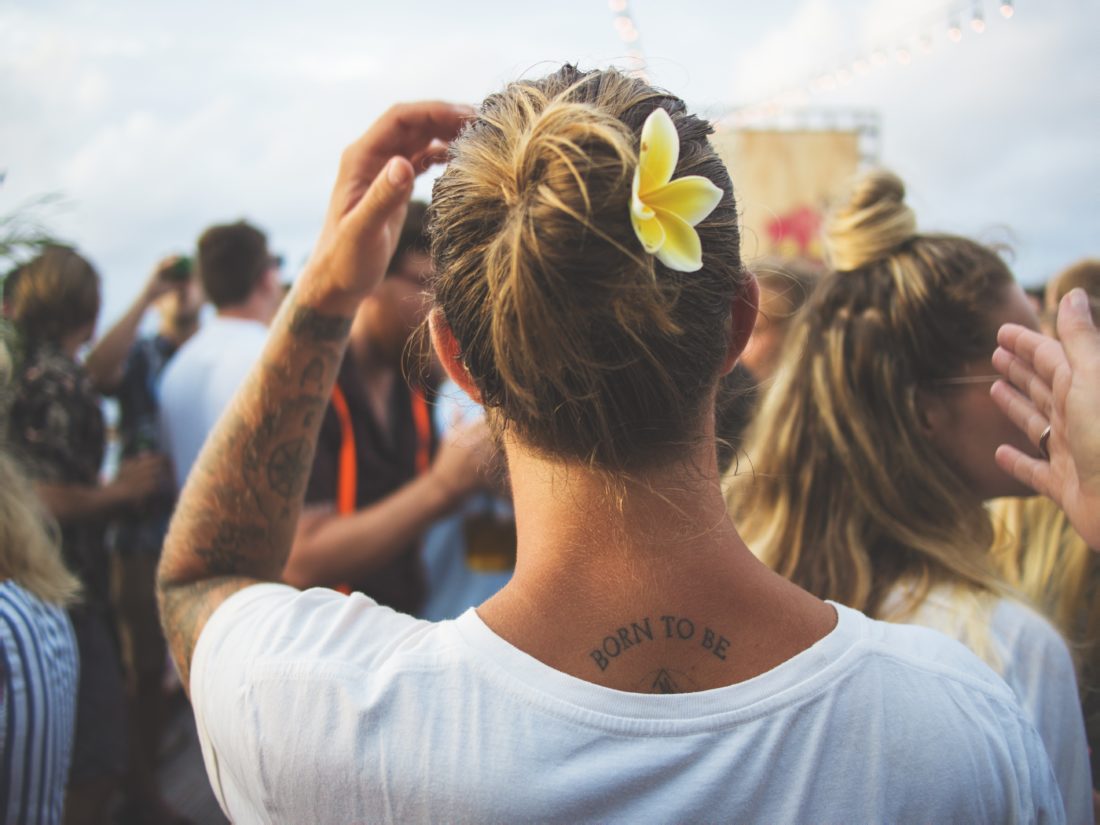
A History of Hairstyle Names
When you go into the barber shop, and they give you a side part with a slight pouf on top, ever wonder what that’s actually called, and where the style originated? Well, wonder no more!
Some styles are still in rotation (the buzz cut), while others, we’d rather forget (see: the mullet).
Here’s a timeline of the history of hairstyle names.
1950’s: The Pompadour
This style, as seen on Elvis and Johnny Cash, was created by combing the hair against the sides,
but pulling the hair up and over on itself on top. But its origins go back way farther than the
‘50’s and with a somewhat scandalous origin: The hairstyle was named for Madame de
Pompadour, mistress of King Louis XV.
1950’s: The Ducktail
Complete with sideburns and a little more hair on the neck, this pompadour-esque style
required a hearty helping of “hair grease” to keep it in place… thus inspiring the cult-classic
flick, Grease!
1960’s: The Shag
A short ‘do with attitude, this style, as popularized by The Beatles, made women swoon. The
hair was cut in layers, at various lengths, and then feathered on the tops and sides. In the
1970’s, a longer version emerged, and lasted well into the next century, where it was worn by
both sexes!
1960’s: The Afro
Someone with very curly hair pulled off this style by growing it out, and then combing it
outward creating a “halo” of hair around the head. It’s believed that the hairstyle name
originated because it was first worn by members of the Black Panther Party, most who were
African-American, so the term “Afro” was derived from that.
1970’s & 1980’s: The Bowl Cut
Often worn by poor, unsuspecting children, moms would put a bowl over their heads and trim
around it, and then send them out in public for endless ridicule.
1980’s: The Mullet
Party in the back, business in the front, I think we all know what this one looks like, and hope it
never comes back in style (although singer Kid Rock just won’t let it die). The word “mullet” is
derived from the Mugilidae family of edible spiny-finned fish, often referred to as “mullets” or
“grey mullets.” The name is derived from the Greek “myllos,” which is related to “melos,”
meaning “of darkish color,” according to Men’s Health. Mark Twain first used the term to refer to someone of lesser intelligence, in Huckleberry Finn. Rap group the Beastie Boys followed suit in the early 1990’s, touting the hairstyle as a “way of life.”
1980’s: The Mohawk
With the punk movement, came the Mohawk. This was a completely shaved head, minus a strip
of hair on top that was often sticking straight up. While it’s believed to have originated with the
people of the Mohawk nation, an indigenous tribe who originally inhabited the Mohawk Valley
in upstate New York, it’s Hollywood that made the style famous.
1990’s: The Buzz Cut
Inspired by the military, a buzz cut is a very short hairstyle usually designed with electric
clippers (hence the name, buzz.) A variation of this style, where the hair is left a little longer on top, is known as the Crew Cut, which is more Ivy League than Army. That style is believed to have originated in England.
2000’s: The Combover
This clever style was originally designed to help balding men mask a receding hairline (by
growing out whatever hair was present on top, and then combing it over the bald spots). The
word comb-over comes from the French word cuovere, meaning to cover with a veil, and the
style can be traced back to the 1700’s and Alexander XVI of France, according to the website
SlyBaldGuys.com. President Donald Trump is perhaps its most famous wearer. Wind is its worst
enemy.
2017: The Man Bun
This has become so popular, there’s even an entire website devoted to it. Not to mention,
countless social media handles. A man bun is “a type of long hairstyle that involves the tying of
one’s hair into a single bun to be placed upon the crown area of the head (aka the “vertex”),”
said ManBunHairstyle.net. You’ll need at least 6-8” of hair growth to achieve this, and an elastic
ponytail holder. The man bun is believed to have originated in 16 th century Asia, where it was
the traditional hairstyle for samurai warriors and sumo wrestlers. Celebs like Jared Leto and
Brad Pitt have made it popular in modern day (much to the chagrin of many).
